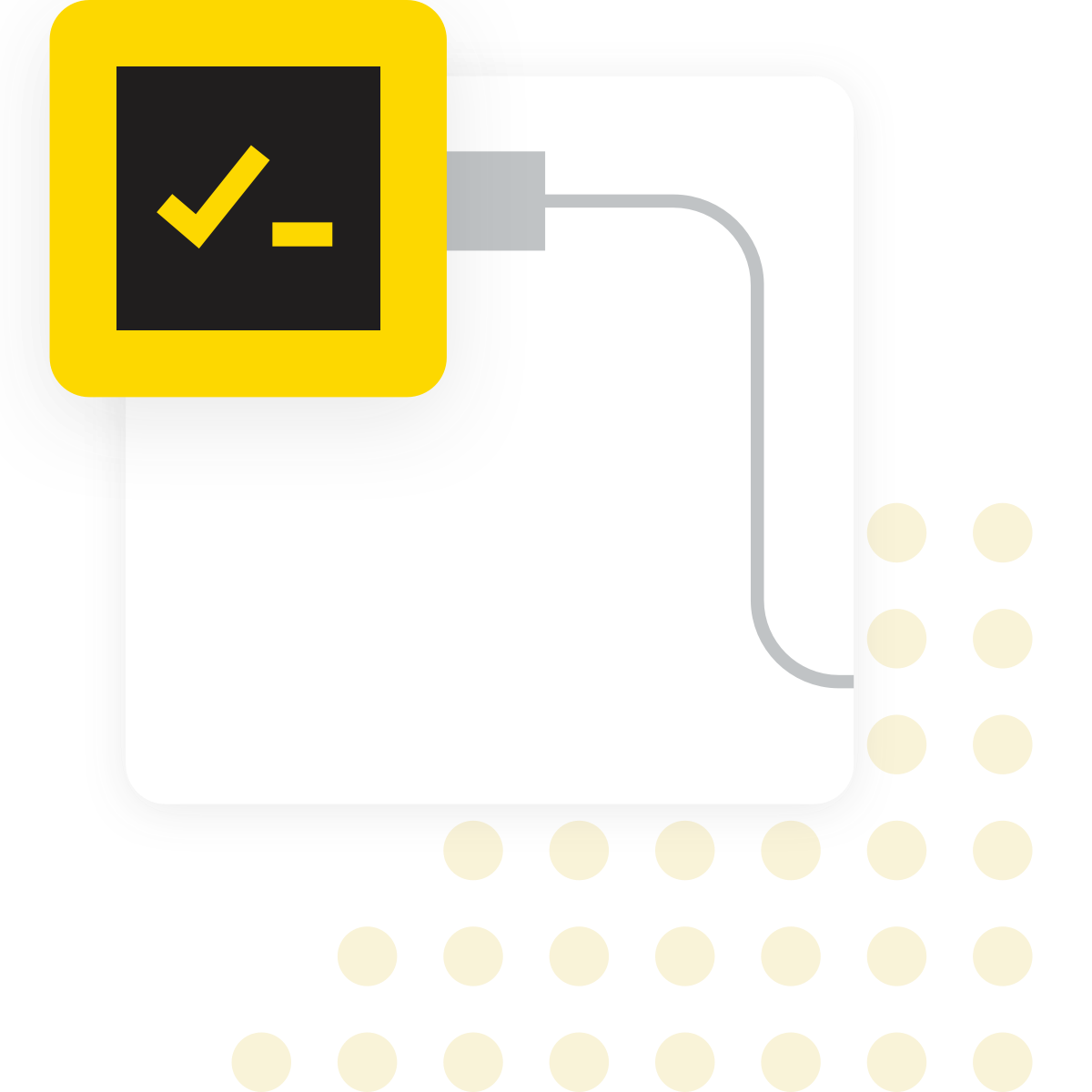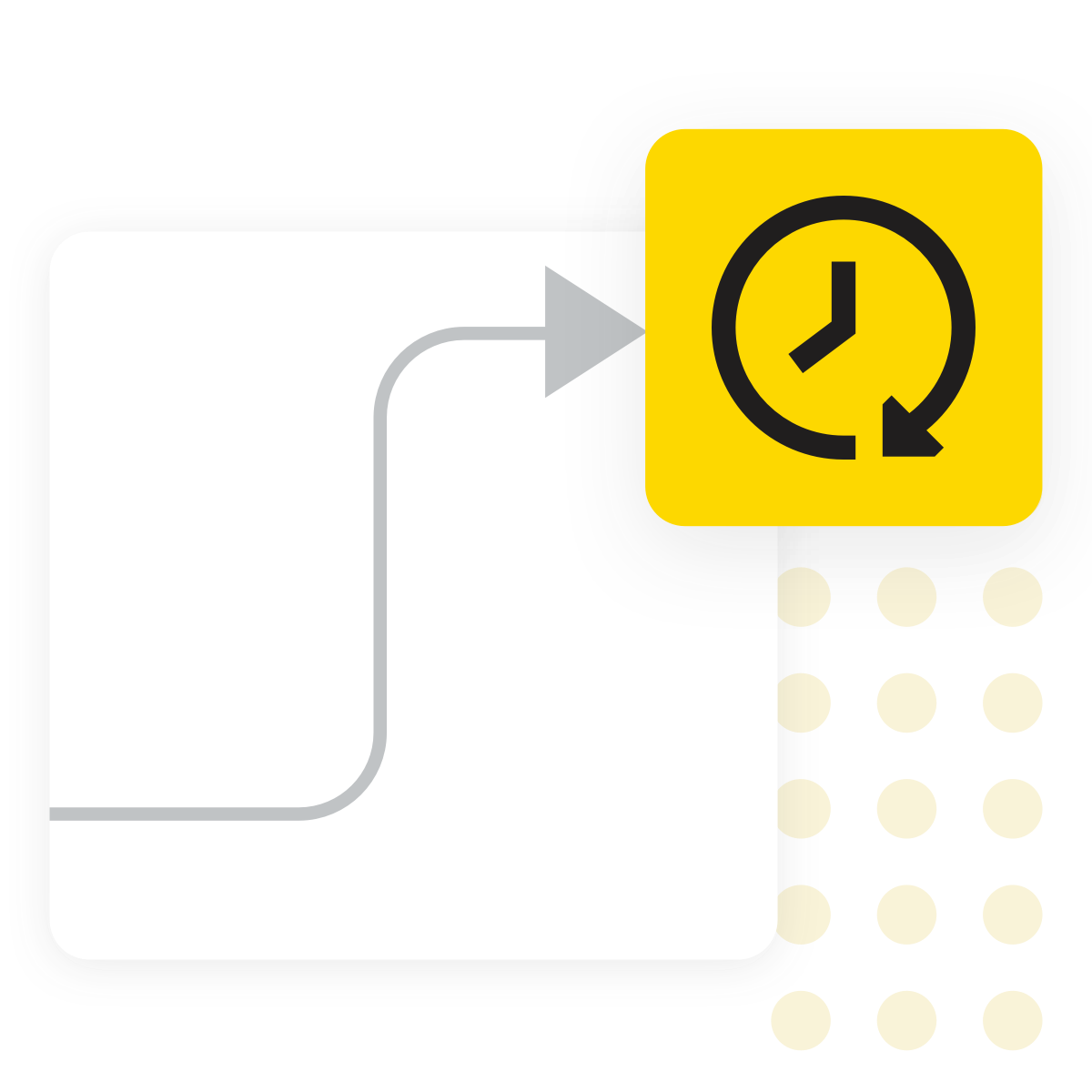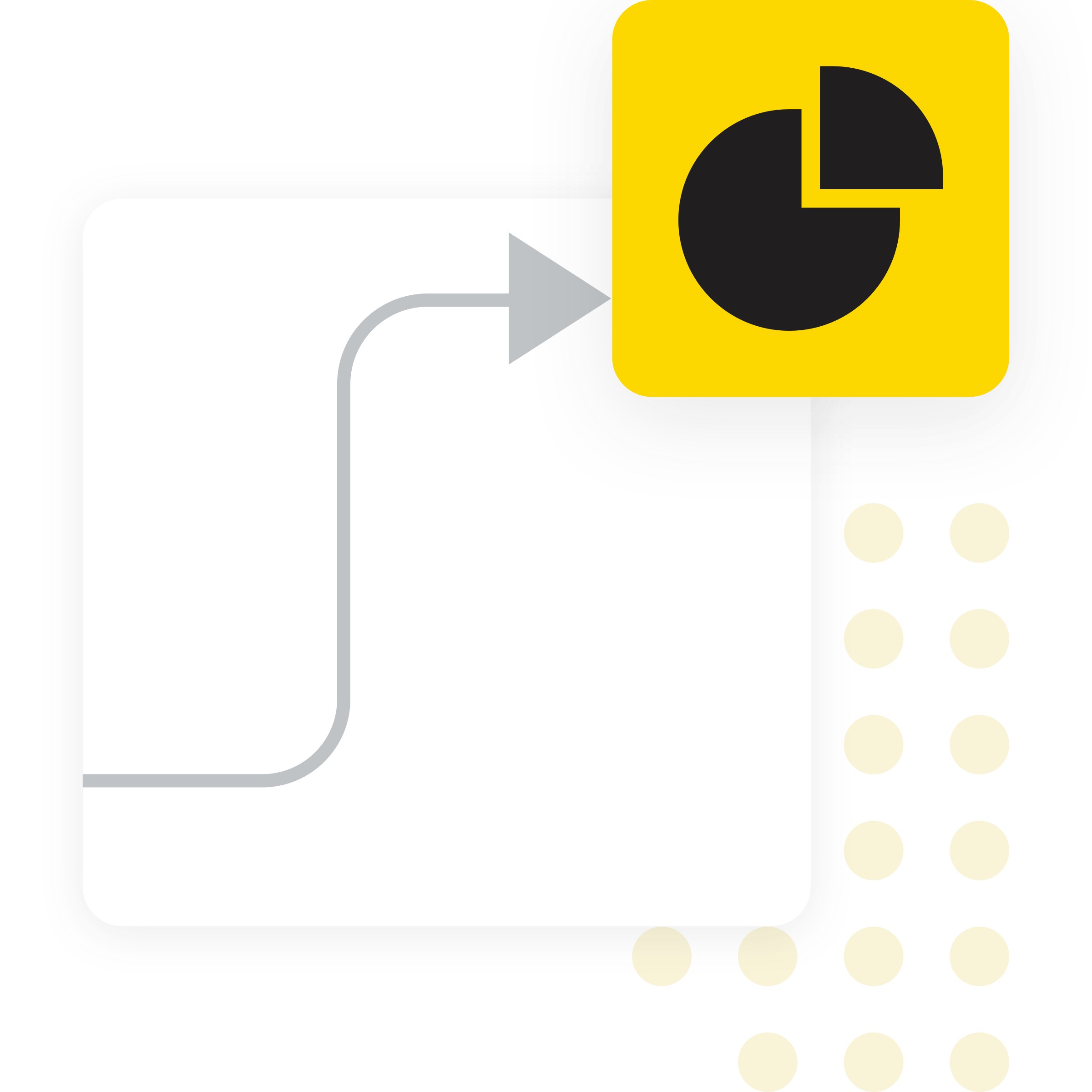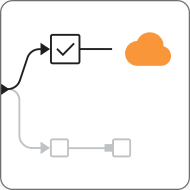Split Transactions with KNIME
Detect split transactions to uncover attempts to bypass approval thresholds or internal controls. KNIME helps you analyze procurement or financial data, identify linked transactions below set limits, and flag suspicious patterns—supporting audit reviews, compliance efforts, and fraud detection.
KNIME Workflow Example for Split Transactions
This Split Transactions workflow offers a structured and interactive way to detect and review suspicious transaction groupings that may bypass approval thresholds. It includes:
- Import transaction records from Excel, databases, or ERP systems like SAP. Clean and standardize key fields such as vendor ID, invoice date, and amount. Generate basic statistics to validate the data and ensure completeness before analysis.
- Allow users to configure the detection logic by entering threshold values for both invoice amount and transaction timing (e.g., number of days between invoices). The workflow groups transactions based on matching vendor details and timing proximity, flagging those that exceed defined thresholds for further review.
- Display flagged transactions in a searchable, filterable table, labeled as "Split" or "Normal." A dropdown menu lets users select a vendor to view related invoice numbers, dates, and amounts. Auditors can inspect patterns, rule out false positives, and document findings directly in the app.
- Provide a complete reporting and interactive viewing using the Data App, where users can set report parameters (project name, date range, thresholds), run the analysis, and download a detailed PDF summary for audit documentation.
Why use KNIME for Split Transactions

What are Split Transactions?
Split transactions occur when a single large transaction is intentionally divided into smaller ones to avoid triggering approval thresholds or oversight. While each individual transaction may appear legitimate, when grouped, they reveal attempts to bypass internal controls. This practice can undermine spending policies and mask financial risk.

Why does it matter?
Split transactions often go unnoticed in routine reviews but can signal policy violations, control gaps, or even fraud. They obscure the true scale of spending and allow individuals to operate outside of formal approval processes. For audit and compliance teams, identifying these patterns manually is difficult and time-consuming. Automated detection helps enforce controls, increase transparency, and reduce risk exposure.

Typical challenges
- Split transactions may occur across different dates, vendors, or accounts, making them harder to link
- Patterns vary widely—same vendor, different dates, or multiple departments
- Many small transactions are legitimate, increasing the risk of false positives
- Incomplete or inconsistent data (e.g., missing IDs, incorrect dates) affects reliability
- Large volumes of transaction data make manual detection impractical

Benefits of using KNIME
- Connects to procurement, ERP, and financial systems (e.g., SAP, Excel, databases) to access transaction data
- Flags potential split transactions based on configurable thresholds and linking logic across key fields
- KNIME workflows make the detection process transparent, reusable, and easy to modify as policies evolve
- Enables the use of Data Apps to review flagged cases, investigate context, and reduce false positives
- Scales efficiently with large datasets when deployed on KNIME Hub using one of KNIME’s paid plans
How to use KNIME for Split Transactions

Data Access and Preparation

Detection Logic and Analysis Review
Group transactions using fields such as vendor ID, requester, cost center, and transaction date. Users define threshold values for both the number of days and the invoice amount to determine what qualifies as a potential split. The app then scans the dataset to identify vendors with multiple transactions that fall within the defined criteria. Flagged cases are presented in an interactive, filterable view where analysts can sort by vendor, amount, or date to inspect the details. A dropdown menu enables users to drill down into specific vendors to review individual transactions, displaying invoice numbers, dates, amounts, and classification as either “Split” or “Normal.” This structured interface helps auditors quickly validate suspicious patterns, rule out false positives, and document findings in a consistent and auditable format.

Split Review Data App
Provides an end-to-end interactive dashboard for detecting split transactions, where users can define report parameters (project name, date range, threshold amount), run analysis based on vendor ID and invoice date proximity, and inspect flagged transactions in a searchable table labeled as "Split" or "Normal"—with the option to download a full PDF report for audit documentation and follow-up actions.
How to Get Started
Additional Resources
KNIME for Auditors
A guide for auditors who are familiar with ACL and IDEA and are ready to explore KNIME Analytics Platform.
10 Ready-to-Use Audit Test Workflows: KNIME for Audit
Learn how each audit test in the KNIME Audit Starter Pack helps you identify risks, automate analysis, and improve audit efficiency.
FAQ
You typically inspect historical legitimate transactions and look for natural “gaps” or clusters. You may also set multiple thresholds (low, medium, high) and tune based on false positive feedback.
Yes, you can generalize the logic: e.g., allow a window across multiple days, or link via common requester/cost center.
KNIME allows you to define business rules for amount and date thresholds, group transactions by fields like vendor ID or requester, and flag suspicious patterns. KNIME Data Apps let you explore results, reduce false positives, and export audit-ready reports.
Yes—by optimizing node configurations (filter early), sampling, partitioning, and then deploying on KNIME Hub using one of KNIME’s paid plans.